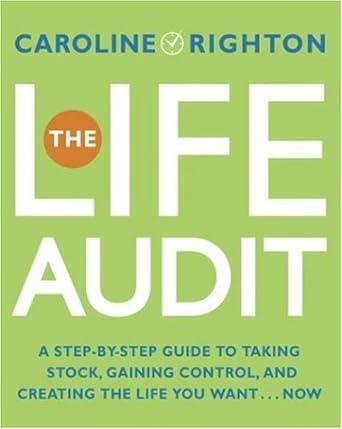Question
1. Accounts of Unnamed Company at December 31, 2017: Accounts Payable $ 51,200 Accounts Receivable 73,000 Accumulated Depreciation - PPE 282,000 Allowance for Uncollectible Accounts
1. Accounts of Unnamed Company at December 31, 2017:
Accounts Payable $ 51,200
Accounts Receivable 73,000
Accumulated Depreciation - PPE 282,000
Allowance for Uncollectible Accounts Receivable 3,300
Allowance for Uncollectible Notes Receivable 2,100
Bonds Payable 330,000
Capital Stock 400,000
Cash 48,000
Depreciation Expense 64,000
Discount on Bonds Payable 3,000
Dividends 12,000
Dividends Payable 3,000
Insurance Expense 37,000
Interest Revenue 4,300
Merchandise Inventory (1/1) 14,500
Miscellaneous Expense 5,600
Mortgage Payable 230,000
Notes Payable 143,000
Notes Receivable 79,000
Paid-in Capital in Excess of Par 200,000
Purchases 108,000
Property, Plant and Equipment 1,530,000
Retained Earnings 70,000
Sales Returns and Allowances 5,000 Sales
Revenue 394,500
Supplies Inventory 7,300
Wages Expense 127,000
Prepare an Unadjusted Trial Balance with these accounts using their natural balances in the first pair of columns on your worksheet, one labeled debit and the other labeled credit. Accounts should appear in the following order: Assets with contra-assets, from current to long-term, then Liabilities with contra-liabilities, from current to long-term, then permanent (or real) Equity accounts, then temporary (or nominal) accounts (mostly expenses and revenues).
After the company's trial balance was prepared, some adjustments were identified. Post these adjusting entries in the next set of two columns. The adjustments may require adding new accounts out of order at the bottom of the worksheet.
a. A patent had been purchased for $5,000 by issuing a Note Payable on December 23. Neither the patent nor the note had been posted yet.
b. A review of the insurance policy indicates that $7,000 of the insurance already paid for covers the following fiscal year.
c. Wages of $8,000 had been earned by employees but not paid by December 31.
d. Sales Revenue includes $11,500 that had been received from a customer to pay for goods that will not be delivered until January 15.
e. A count of the supplies inventory shows that only $1,000 of supplies remains at the end of the year.
Step by Step Solution
There are 3 Steps involved in it
Step: 1

Get Instant Access to Expert-Tailored Solutions
See step-by-step solutions with expert insights and AI powered tools for academic success
Step: 2

Step: 3

Ace Your Homework with AI
Get the answers you need in no time with our AI-driven, step-by-step assistance
Get Started


